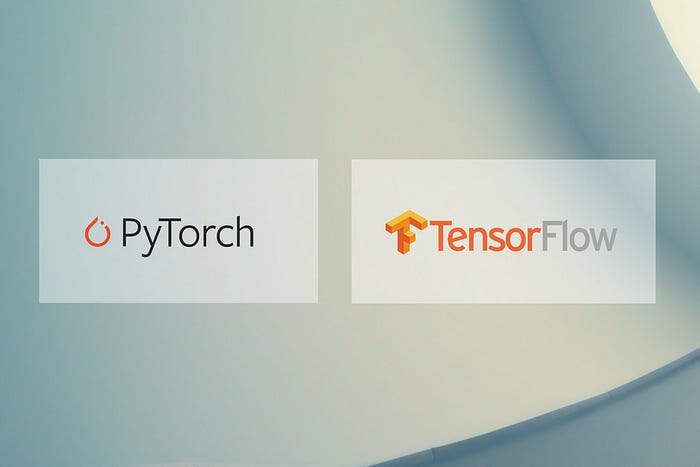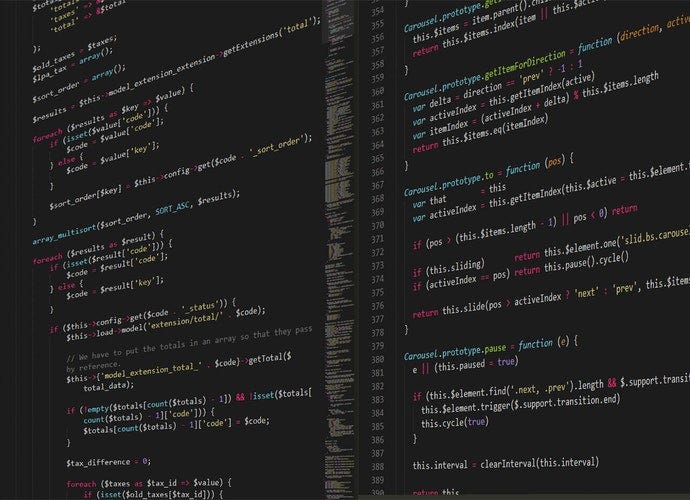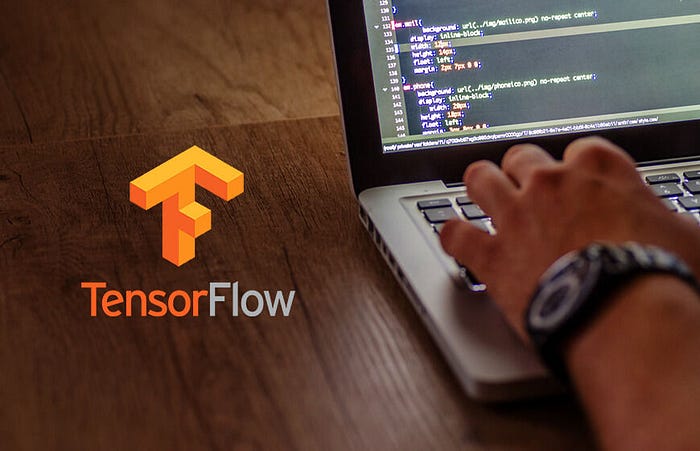Two names stand out prominently in the wide realm of deep learning: TensorFlow and PyTorch. These strong frameworks have changed the field, allowing researchers and practitioners to create and deploy cutting-edge machine learning models.

TensorFlow and PyTorch, like the Force in the Star Wars universe, have evident strengths, but comprehending their complexities is critical to efficiently harnessing their power. This article sheds light on the fundamental distinctions between these two prominent frameworks, helping you make an informed choice.
So, let’s begin on a voyage through the domain of deep learning frameworks, where TensorFlow and PyTorch wait to grab your imagination and empower your machine learning pursuits.
Before we get into the comparisons, let’s take a moment to understand the beginnings and growth of these frameworks.
Imagine a world where deep learning frameworks were like wizards, each with its unique source of power. In this realm, TensorFlow, developed by Google, draws its strength from Theano, a foundation that paved the way for efficient computation in deep learning, as discussed by Swaathi. On the other hand, PyTorch, created by Facebook, draws inspiration from Torch, another framework renowned for its elegance.

TensorFlow and PyTorch both have open-source foundations, which has fueled their global acceptance and fostered a thriving community of practitioners and researchers.
Now that we’ve established the origins of these frameworks, let’s go deeper into the essential features that distinguish TensorFlow and PyTorch, uncovering their secrets one by one.
Computational Graphs: Static vs. Dynamic:
The creation and execution of computational graphs are crucial for modeling complex neural networks. Here, TensorFlow and PyTorch reveal their distinctive approaches.
Picture TensorFlow as a master architect who meticulously plans every detail of a building before construction begins. It constructs a static computational graph, requiring the entire model’s structure to be defined upfront.
On the other hand, PyTorch, akin to a visionary artist, embraces a dynamic computational graph philosophy. It allows developers to define and manipulate the graph on the go, offering flexibility, especially when dealing with variable-length inputs in recurrent neural networks.
These divergent approaches grant developers different levels of control and enable unique advantages for various use cases. TensorFlow’s static graph ensures optimization opportunities and efficient execution, while PyTorch’s dynamic graph facilitates experimentation and adaptability.

Learning Curve and Usability:
Every journey has its own path; the same applies to learning deep learning frameworks. TensorFlow and PyTorch present distinct routes to traverse.
Imagine TensorFlow as a complex maze, requiring adventurers to understand its inner workings, such as sessions and placeholders, before unlocking its true potential. Navigating this maze demands a steeper learning curve, but once conquered, it reveals its formidable capabilities.
In contrast, PyTorch embraces a more intuitive and Pythonic nature, inviting newcomers to the world of deep learning with open arms. Its simplicity and ease of use make building machine learning models feel like an artistic endeavor, fostering an environment where ideas can flow freely.
While TensorFlow’s initial complexity may seem daunting, the reward lies in its power and scalability. Conversely, PyTorch’s approachability nurtures creativity and facilitates rapid prototyping.
Community and Resources:
A flourishing community can elevate any endeavor; the same applies to deep learning frameworks. TensorFlow and PyTorch boast passionate communities but differ in size and resources.
With its origins in Google, TensorFlow commands a vast following. Its extensive community translates into a wealth of resources, including tutorials, MOOCs, and a plethora of solutions readily available. The abundance of TensorFlow-related content reflects its maturity and dominance in the field.
In contrast, PyTorch, a relative newcomer, may not have the same level of resources as TensorFlow, but its community is rapidly growing. As PyTorch gains traction, more learning materials and support emerge, creating a vibrant ecosystem.
Visualization and Tooling:
Deep learning is as much an art form as it is a science, and visualizing models plays a crucial role in understanding their inner workings. Here, TensorFlow and PyTorch offer distinct approaches.
TensorFlow wields the mighty TensorBoard, a powerful tool that allows users to visualize and inspect their models in the browser. With its rich visualizations, TensorBoard adds a layer of enchantment, transforming complex neural networks into captivating works of art.
PyTorch lacks a native equivalent to TensorBoard. However, it embraces the Python ecosystem’s flexibility, allowing developers to use visualization tools such as Matplotlib. Additionally, external integrations enable PyTorch users to tap into the power of TensorBoard, bridging the gap between the two frameworks.
Production Readiness and Scalability:
Just as a Jedi hones their skills for combat, frameworks must be equipped to handle real-world challenges. TensorFlow and PyTorch differ in their strengths when it comes to production readiness and scalability.
Tensorflow’s battle-tested nature enables it to excel in circumstances where toughness and efficiency are critical. It has demonstrated its worth in a variety of industrial applications.
With its lightweight and flexible nature, PyTorch, on the other hand, excels in passion projects and rapid prototyping. It allows developers to explore and experiment with ideas swiftly, fostering creativity and innovation.
Conclusion
Choosing between TensorFlow and PyTorch is akin to selecting a wand that resonates with your inner magic. There is no definitive answer, as both frameworks have their own strengths and devotees.
TensorFlow’s formidable community and extensive resources make it an excellent choice for those venturing into production-grade models. Its scalability and efficiency provide a sturdy foundation for tackling complex challenges.
On the other hand, PyTorch’s simplicity and Pythonic charm offer a delightful entry point for newcomers. Its agility and ease of use foster a sense of exploration, making it an ideal companion for passionate pursuits and rapid prototyping.
Remember, both TensorFlow and PyTorch wield the power of deep learning. Whichever wand you choose, embark on the journey, unravel the secrets, and let your machine learning magic unfold.
References
- Kinza Yasar (2022) Pytorch
- Omar Ayman (2019) Pytorch or Tensorflow, Dynamic vs Static computation graph
- TensorFlow: Static Graphs